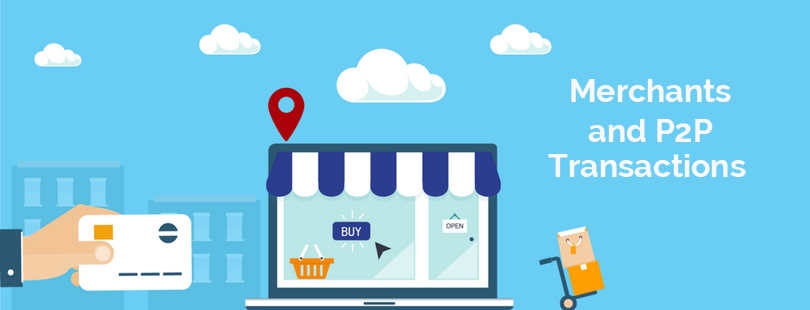
So, you’ve received a chargeback—this is good news. Yes, good news—if you choose to see it that way. Essentially, it means that there is room for improvement in your business. It’s an opportunity for growth! Seriously, there really isn’t much better information for a merchant than learning they have a chance to make changes that will result in business improvements. This translates into increased revenue, better processes to implement, and an opportunity for learning.
Rather than looking at the chargeback as negative, view it as positive and a launching pad for process improvements. Effective chargeback management is key to ensuring your business is running at its best. Your response to this chargeback can serve as an opportunity to stimulate an active review of your chargeback policy, customer service practices, sales and authorization process, and your website content.
Chargeback Management First Steps
Chargebacks don’t need to be part of business, but when they do happen, turn them around and use them to make proactive business improvements. When merchants receive a chargeback, they often either ignore it and absorb the cost or rush into an ineffective chargeback dispute that only results in further lost resources and patience.
Instead, take a step back and remember not to panic. As a business owner, the key is to have a plan in place that allows proactive response and review. This review is essential in understanding how and why the chargeback happened. With this knowledge, an actionable chargeback management process can be implemented.
- Why was the chargeback filed? Review the reason code and accompanying chargeback notification details. Look at how and where the disputed charge was made. Using an intelligent chargeback management solution can aid in collecting this important data.
- Is this a valid chargeback? Does the cardholder have a valid complaint, or is this an incident of friendly fraud? Use this information to guide the chargeback response, to either dispute or accept.
- Customer service review. Look for holes in communication, ineffective information management, and areas for improvement in customer relations. Remember to review often overlooked details, such as billing descriptors, email confirmations, and refund/return policy.
- Get expert help. Merchants should focus on their core activities—that is, running their business. Partnering with a team of chargeback experts to review your business practices, website, customer service, chargeback history, and customer database can provide the deeper insight needed to pinpoint overlooked weaknesses in the sales and payment process.
Remember, don’t panic. Conduct the four-step review, analyze the information, ask more questions, and then move forward to make improvements and adjustments. This is also a good time to do some extra learning about chargebacks, fraud, and prevention—the more knowledge the better.
Establish a Chargeback Policy
A chargeback policy defines how a merchant manages their business and works to prevent and respond to chargebacks. With this policy in place, it’s possible for merchants to prevent the panic response to chargebacks and instead take a proactive response.
Many merchants don’t have a chargeback policy in place. Again, more room for improvement that can strengthen the business and prevent future chargebacks.
To formalize a chargeback policy, review the following questions and use your answers to create a custom policy. It’s important that merchants do not use another company’s chargeback policy—each business needs to tailor their own chargeback policy.
- What is your current chargeback response? Knowing the typical chargeback response practices (ignore, accept, dispute, panic) highlights costly decisions and room for savings.
- What is your chargeback dispute success rate? Knowing the chargeback dispute success rate is important in identifying flaws in data management, website content, customer service, and the need for proven chargeback representment solutions.
- What kinds of chargebacks are being filed? Knowing the chargeback types can identify if your business is a target for friendly fraud and theft.
- Who is buying and subsequently filing chargebacks? Knowing who your customers are allows the establishment of a rules database and provides warning signs for potential threats.
- What are the chargeback costs? Knowing the time, money, and resources being spent on chargebacks supports the decision to what improvements to make, and possibly the need to bring in chargeback experts for a more thorough audit.
Establishing a chargeback policy can be overwhelming for many merchants. Merchants don’t always have easy access to the data required to answer these key questions. This is exactly why it’s important that merchants go through this process: it is another opportunity to make changes that ensure that chargeback risks are detected and future chargebacks are prevented.
When the chargeback policy is created with a clear understanding of what is happening in the business, it’s much easier for merchants to respond rather than react to chargebacks.
Review, Adjust, Refine
Just as you conduct regular reviews of your business model to understand how you can run your business more effectively and profitably, you also need to do the same with your chargeback management.
Knowing the how, when, where, why, and what of the chargebacks being filed against you allows you to make effective chargeback management improvements. One of the most profitable decisions made by the merchants we work with is in implementing a solution such as our Chargeback Revenue Recovery Service.
Prevent chargeback panic with a proven solution that provides you the information you need when you need it. Recover revenue, prevent chargebacks, know your risk areas with proven Verifi solutions.







